Australian Criminal Intelligence Commission (ACIC) Media aims to increase public awareness about the work we do. The ACIC provides unique, actionable and insightful intelligence at all levels from government to the community. This intelligence underpins efforts to tackle an up to $68 billion per year problem.
Our Media team works closely with subject matter experts across our agency to respond efficiently and accurately media enquiries and develop professional partnerships with media outlets.
As a matter of policy, the ACIC does not comment publicly on matters regarding exchanges of intelligence and information with its partner agencies, whether the ACIC is (or is not) investigating a particular matter, details of ongoing operations or the specific use of the agency’s coercive powers.
Media contact
Business hours (9 am to 5 pm weekdays – Canberra time): 02 6268 7343 or media@acic.gov.au
After hours (urgent media enquiries): 0409 603 637
The Media Team is dedicated to handling media enquiries only. For all general public and other enquiries about our agency and the work we do, please refer to our Contact us page.
